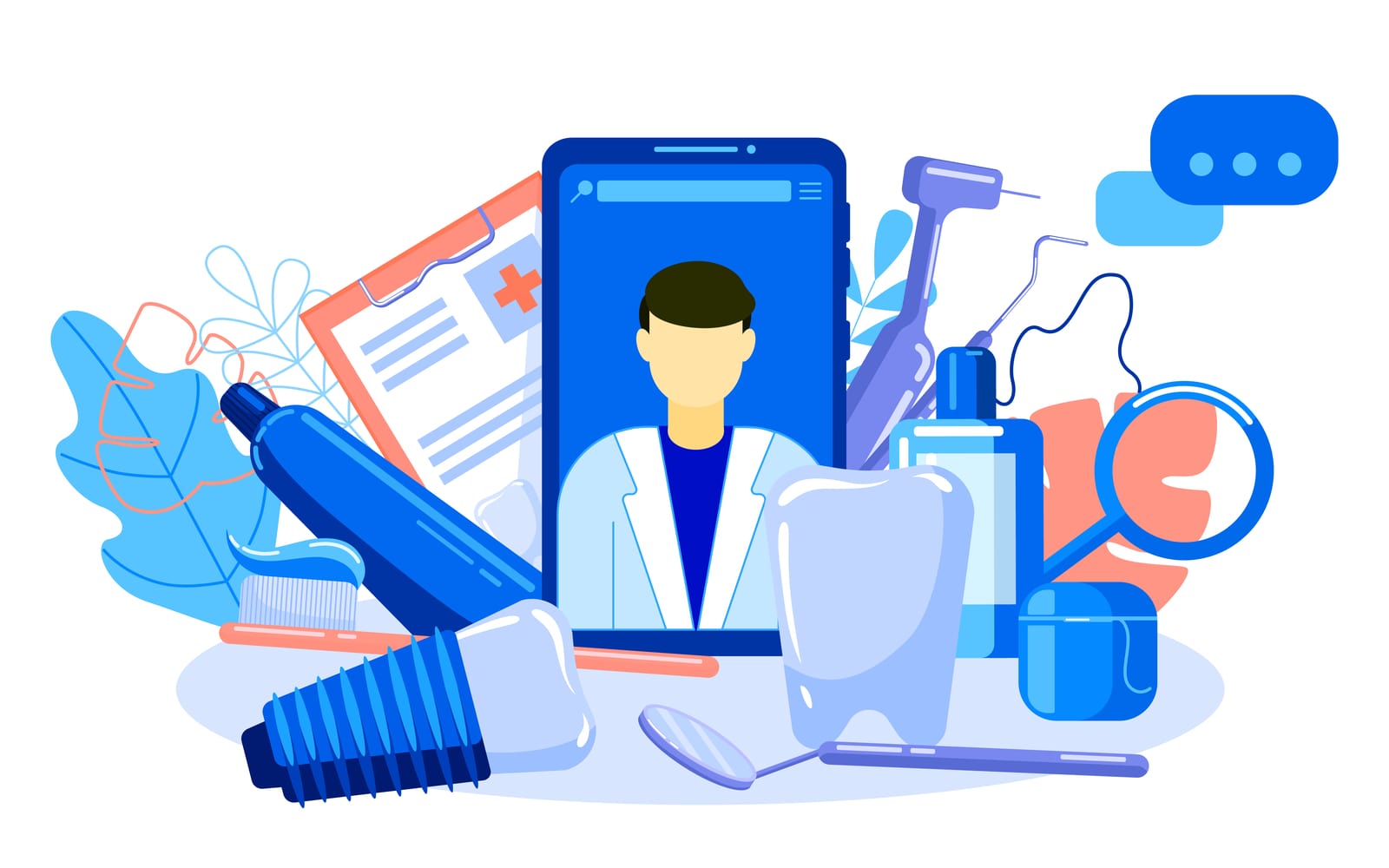Many years ago, there was a common trend of doctors providing home medical services. In the earliest days of the United States, it was far more common for the doctor to come to you than the other way around. While you can still find doctors who make house calls, it’s nowhere near as common as it used to be. This all may be changing in the face of the pandemic and the ever-present nature of the internet. While house calls may not look like they did in the late 1800s, telehealth services are bringing them back. Even dentistry and a growing number of its specialties, such as orthodontics, are getting in on this old practice made new again.
From Office Visits To Teledentistry
The concept of telehealth isn’t exactly a new one. The phone has been used in providing health services for as long as the technology has existed. Calling the doctor was often the first step when health concerns were expected. Just as with modern telehealth, the doctor would provide guidance based on what they could discern about the patient’s condition. One of the major differences between those early days and now is the level of remote care available.
It’s always been possible for a doctor to prescribe simple treatments over the phone. They could provide insight into what steps to take and determine if an actual office visit was necessary. However, recent technology has allowed them to see and learn more than ever without ever physically seeing the patient. Dentistry has been able to take advantage of the advances in technology to provide care in ways that were impossible before.
The following changes are making teledentistry more accessible:
- Greater access to high-speed internet
- Pervasive nature of personal digital devices
- Higher quality video streaming equipment
- Greater degree of insurance acceptance of telehealth services
Consider getting orthodontic care, for instance. This was a practice that has required you to be physically in the office for many years. X-rays needed to be taken, observations made, and impressions developed to guide treatment. Not just one, but many visits were necessary to make orthodontic treatment possible. Today it’s possible to schedule a teledentistry appointment, receive a digital scan remotely, and be sent an at-home dental impression kit. This dental impression kit is then returned to the office, a set of clear aligners made and sent back to you, and orthodontic adjustment started.
This is just one form of treatment made available by teleorthodontics. Every year new technologies arrive in the form of treatment options and methods of communication. Digital remote scans are still relatively rare but are becoming more available. However, digital follow-ups and check-ins are becoming increasingly common. The majority of these appointments have always been fairly routine rather than actually necessary. With video calling and a teleorthodontic appointment, your dentist can ask a few questions, use the camera to do a visual inspection, and let you get about your day.
Discovering Your Teledentistry Options
You can find out what forms of teledentistry are available to you from your provider with a phone call. Start off with scheduling a consultation with your provider. Ask if remote options are available and what services they offer remotely.



